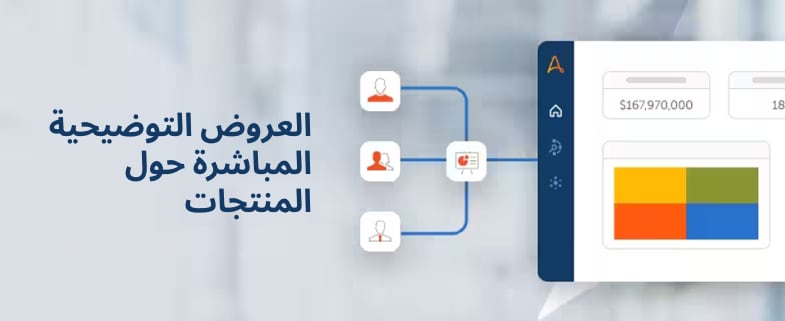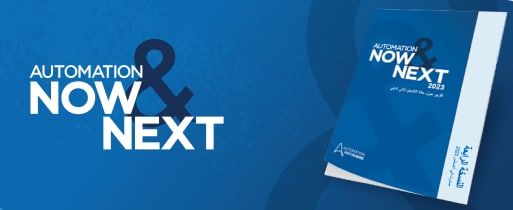المجال
يوفر التشغيل الآلي الذكي لمؤسسات الرعاية الصحية قوى عمل رقمية تعمل على معالجة كل البيانات والأعمال الورقية التي تعزز تحقيق أفضل النتائج.
الرعاية الصحيةآمنة، متوافقة، شفافة. يمكنك الاعتماد على التشغيل الآلي الذكي لتحسين فعالية العمليات الداخلية وتجاوز توقعات العميل.
الخدمات الماليةبادِر بتطبيق التشغيل الآلي الذكي + الذكاء الاصطناعي في مجال علوم الحياة لتحسين خدمات المرضى وتسريع وتيرة التطوير والسيطرة على التكاليف وتوفير وقت الباحثين ومسؤولي العمليات الثمين.
علوم الحياةيمكّن التشغيل الآلي الذكي الجهات الحكومية والتعليمية والمؤسسات غير الهادفة للربح من تطوير عملية تقديم الخدمة بسرعة وتحسين الأداء.
القطاع العامالوظيفة
يساعد التشغيل الآلي الذكي البنوك ومؤسسات الخدمات المالية على الوفاء بمتطلبات الامتثال وتوفير التكاليف من خلال تطبيق التشغيل الآلي على العمليات اليدوية.
المحاسبة والشؤون الماليةتمكّن أدوات التشغيل الآلي الموارد البشرية من دعم الأعمال وتطوير تجارب الموظفين. تلجأ فِرق الموارد البشرية إلى تطبيق التشغيل الآلي الذكي لتعزيز عملية تقديم الخدمة.
الموارد البشريةأدخل السعادة على قلوب العملاء مع تزايد التوقعات من خلال نشر الروبوتات لإدارة البيانات عبر الأنظمة وإجراءات الامتثال بحيث يتمكن الوكلاء من التركيز على العميل.
خدمة العملاءيمكّن التشغيل الآلي الذكي فِرق المبيعات والتسويق من تطبيق التشغيل الآلي على المهام المتكررة، مثل إنشاء عروض الأسعار وتحديثات أنظمة إدارة علاقات العملاء من دون تدخل، ما يعمل على زيادة الإنتاجية وتطوير
المبيعات والتسويقالتكنولوجيا
اجمع بين Automation Anywhere ومنصة Microsoft على السحابة لتحقيق الإنتاجية المثالية باستخدام حل بسيط وآمن وقابل للتوسع بدرجة مرتفعة.
Microsoft Azureتمكين التفاعل بين البشر والروبوتات مثل الفريق الواحد. يحصل الممثلون على الوقت اللازم للتركيز على العملاء بينما تعمل الروبوتات الخاضعة للإشراف على إدارة كل المهام الأخرى، بشكل فوري.
Attended Automation 2.0الدور
تساعدك حلول التشغيل الآلي وأدواته على تصميم الروبوتات وتكوينها لتقديم حلول لاحتياجات الأعمال المعقدة.
مطوّر محترفيمكنك تطبيق التشغيل الآلي الذكي على نطاق واسع من خلال تمكين المطورين غير المحترفين من تصميم عمليات التشغيل الآلي الخاصة بهم مع ضمان الجودة والأمان والسيطرة.
مطور غير محترفاحصل على أحدث تقرير لدينا وانضم إلى واحد من العروض التوضيحية المباشرة حول المنتجات.

العرض التوضيحي للمنتج
تعرّف على ميزات التشغيل الآلي الذكي والذكاء الاصطناعي التي توفر الإمكانات اللازمة لفِرقك.
استكشاف العرض التوضيحي المقبل للمنتجتعرّف على قوة العمل الرقمية
تعرّف على نظام أتمتة عمليات الوكيل.

للطلاب والمطورين
ابدأ التشغيل الآلي على الفور بفضل الوصول المجاني إلى التشغيل الآلي الكامل الميزات من خلال Community Edition على السحابة.





